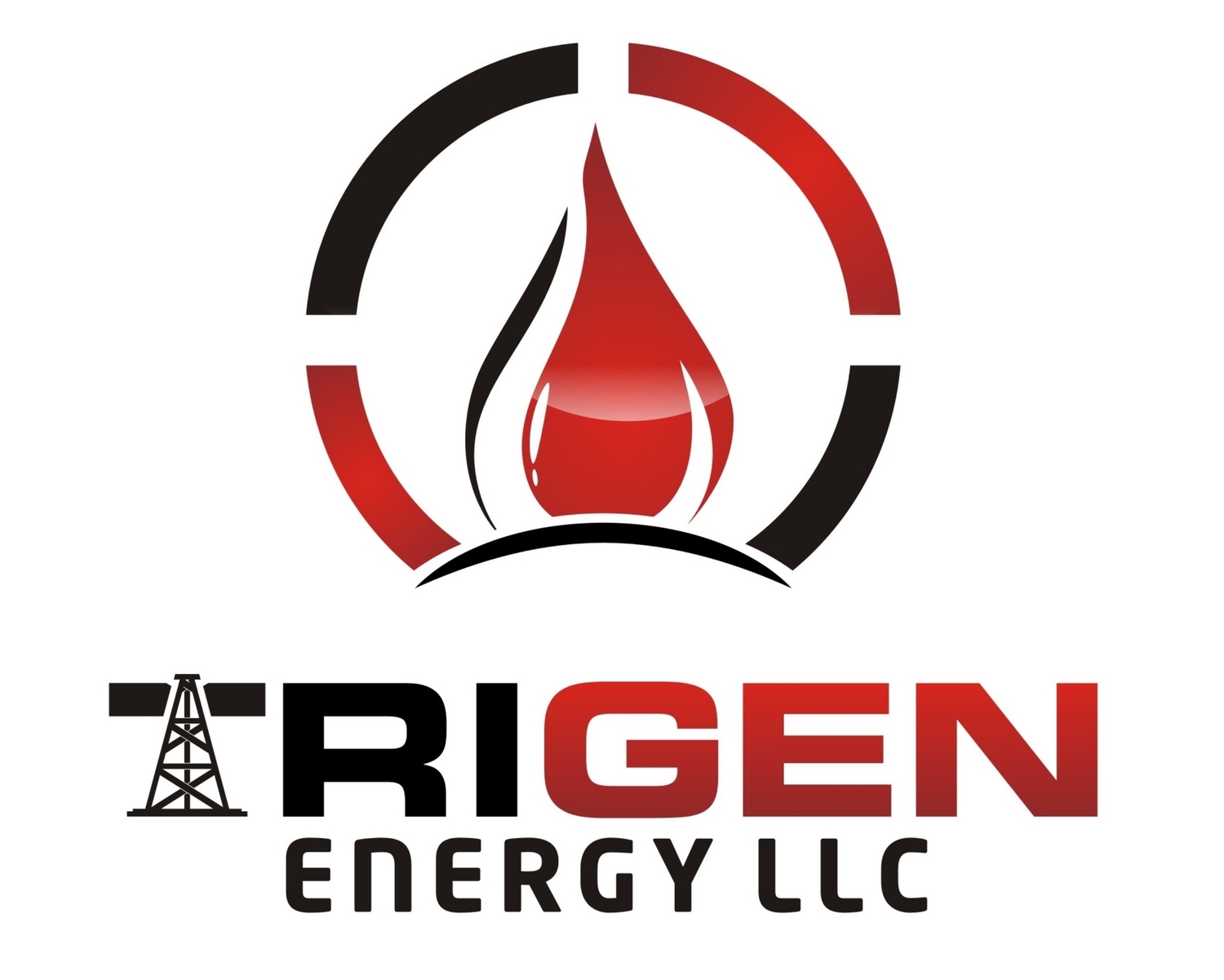Carbon Capture & Storage: “Point-Source” vs. “Hub” Projects
As ethanol producers across the United States look for ways to comply with emerging CO2 emission standards, carbon capture and storage (CCS) is becoming a viable option. Sometimes referred to as “carbon sequestration,” CCS involves injecting CO2 deep under the earth’s surface—before it is emitted into the atmosphere.
Developers seeking to make CCS a reality have two basic options: “point-source” and “hub” projects. This article compares and contrasts each approach.
Similarities: Point-Source & Hub CCS Projects
Let’s start by defining each term:
Point-Source CCS Projects: With a point-source project, CO2 is captured at the point of origin and immediately injected underground into the surrounding pore space.
Hub CCS Projects: Hub CCS projects involve transporting CO2 from more than one point of generation (i.e., multiple ethanol factories) to a centralized location (the “hub”).
Both approaches aim to accomplish the same fundamental goal—that is, efficiently capturing CO2, injecting it far under the earth’s surface, and permanently storing it to reduce emissions. Both projects rely on Class VI injection wells, Class VI monitoring wells, and pore space with the right geology. Obtaining pore space rights from landowners is also necessary for both projects.
Differences: Point-Source & Hub CCS Projects
The distance between the carbon dioxide’s point of origin and the injection well plays a key role for determining project type.
With a point-source project, an ethanol plant might capture CO2 from its operations and inject it directly beneath the production facility (assuming that the pore space is conducive for carbon capture and storage). However, many ethanol plants—especially those in states like Iowa, Nebraska, and Kansas—don’t have the luxury of being located above pore space with the ideal geology for CCS. That’s why CCS project developers seem increasingly interested in hub-style projects, which, in some cases, may need to transport CO2 hundreds of miles for injection and storage.
Hub-style CCS projects usually call for the construction of a CO2 pipeline, which poses additional challenges compared to point-source projects. To be successful, project developers must develop a multi-faceted strategy for:
● Obtaining the right of way for a CO2 pipeline
● Proactively educating stakeholders and addressing their concerns
● Navigating regulatory uncertainty as states pass new CCS legislation
● Dealing with pressure from politicians, special interest groups, and the media
Land Services for CCS Projects
Trigen Energy, LLC is based in the Midwest and offers a variety of CCS land services, including pore space rights acquisition, area of interest planning, pipeline right of way, stakeholder engagement, and geological support.
Contact us to start a conversation.
